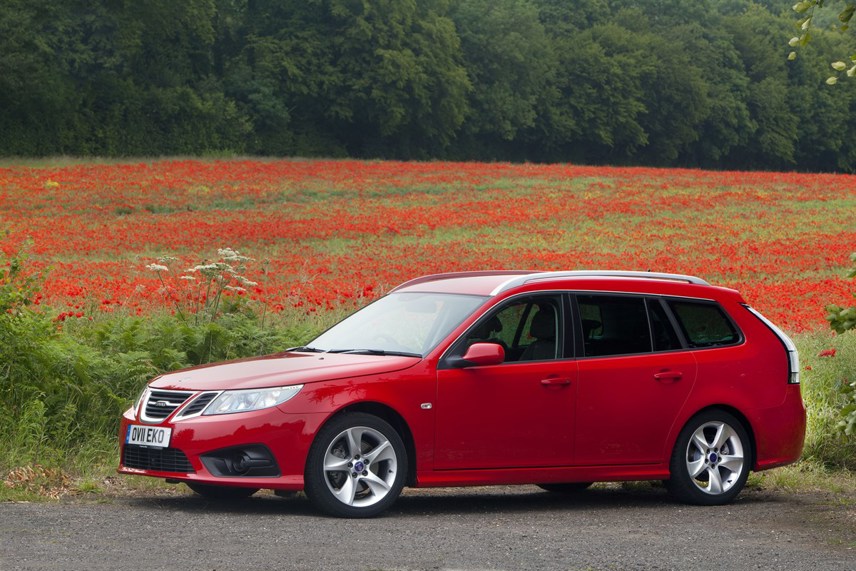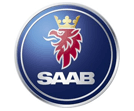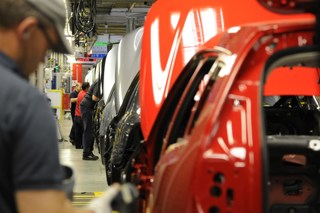Review
When Saab was owned by General Motors, the business laid out a clear market strategy for its three main brands in Europe. Chevrolet was the budget brand, Vauxhall/Opel the mass market business and Saab was premium.
Since the company was separated from GM, it has sought to maintain this illusion of being a premium competitor.
And it is an illusion: Saab is not competing against BMW, Audi, Mercedes and the like; it is a quirky, niche alternative to the Volkswagens, Fords and – yes - Vauxhalls of this world.
That’s not to do the brand a disservice: it has many attributes which make it a compelling proposition for a certain type of buyer. But against the German premium makes it doesn’t get out of the starting traps.
Fortunately, Saab appears to agree. Despite the public persona, the company prices its models to compete squarely against the mass market segment.
But it persists with the little idiosyncrasies that make a Saab: ignition in the centre console between the front seats, cup holder which shoots out from the central dash, flipping open in a feat of design flamboyance to create the holder, curved handbrake that forms part of a central arch (slightly misaligned) seemingly designed to pinch lazy thumbs.
However, it also includes some foibles which detract from the experience. The sat-nav/entertainment system takes a full 25 seconds from start-up to ‘spring’ into life. It’s a £1,199 dealer fit accessory which is cheaper than the £2k-plus factory fit option – but its tardiness is frustrating, particularly when wishing to tap in a location, and it refuses to stay on my preferred zoom setting. Give me a £150 TomTom any day.
Saab has also sacrificed rear space in favour of boot space - cue complaints from the kids and the kicking of tiny feet on the seat back. It’s not cramped, per se, there’s just less room to stretch out.
It does mean a reasonably sizeable boot – 477 litres seats up; 1,287 litres seats down - although this compares poorly against rivals, primarily because the SportWagon design is based on the ageing 2002 Saloon version, itself a modification of the old Vauxhall Vectra. Insignia (540/1,530),
Mondeo (537/1,728) and Passat (603/1,731) are much newer models.
The excellent twin-turbo 1.9-litre TDI engine offers potent straight line speed, although the official fuel consumption figures of 62.8mpg are well out of my reach. We’ve struggled to get much above high 40s.
Yet despite all the niggles and complaints, there is still something rather appealing about this car. Saab has always been a little ‘je ne sais quoi’, tugging at the heart strings more than the head, and this 9-3 estate ultimately doesn’t disappointment. If you can live with the foibles, it remains a rewarding family car.
Author:
Simon Harris
Specs
| Manufacturer | Saab |
| Model | 9-3 Sportwagon |
| Specification | |
| Model Year | 0.00 |
| Annual VED (Road tax) | £0 |
| BIK List Price | £24,759 |
| CO2 | 119g/km |
| BIK Percentage | 13% |
| Insurance Group | N/A |
| CC | N/A |
| Fuel Type | Diesel |
| Vehicle Type | |
| Luggage capacity (Seats up) | N/A |
Running Costs
| P11D | £24,759 |
| Cost per mile | 42.53ppm |
| Residual value | £7,500 |
| Insurance group | N/A |
| Fuel Type | Diesel |
| Cost per mile | 0.00ppm |
| Fuel | 0.00ppm |
| Depreciation | 0.00ppm |
| Service maintenance and repair | 0.00ppm |
Info at a glance
-
P11D Price
£24,759
-
MPG
62.8 -
CO2 Emissions
119g/km -
BIK %
13% -
Running cost
3 Year 60k : £7,500 4 Year 80k : £5,300 -
Fuel Type
Diesel



















Login to comment
Comments
No comments have been made yet.